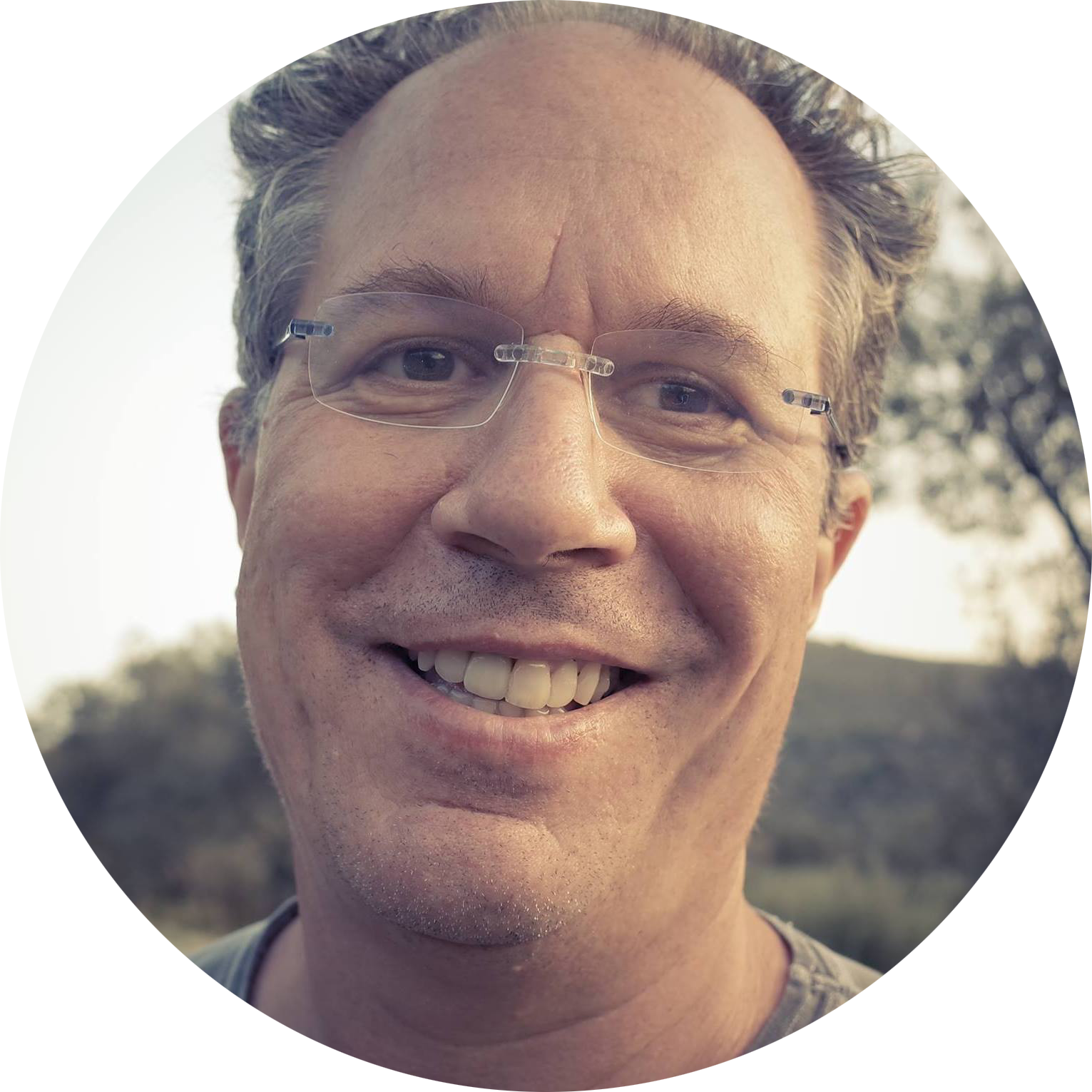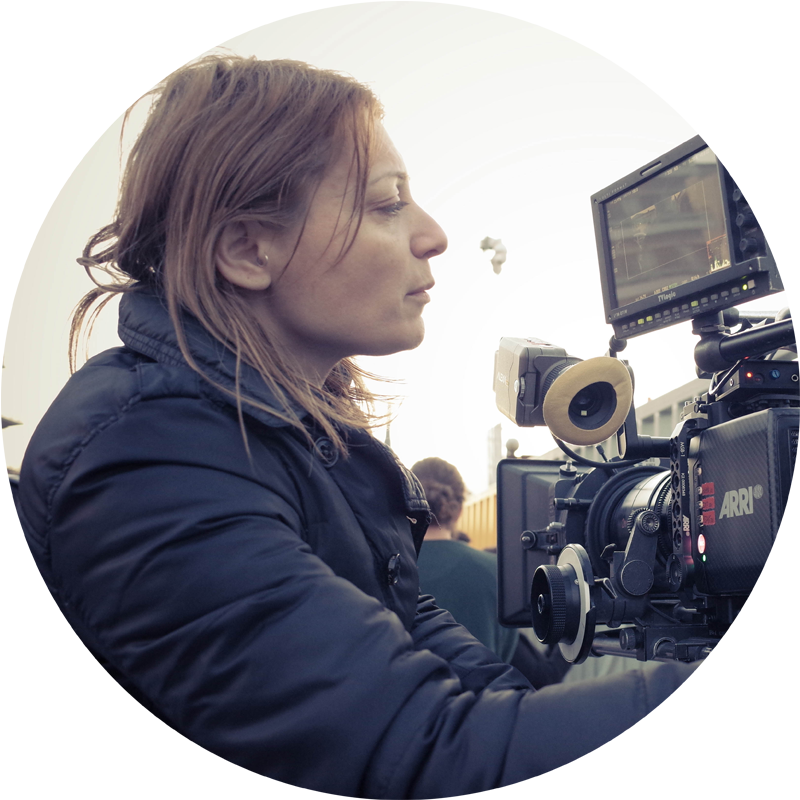No Human Is Illegal (2017)
NO HUMAN IS ILLEGAL starts with filmmaker Richard C. Ledes connecting the island’s history of receiving refugees with his own family’s history of being Greek refugees from Turkey who came to the United States in the 1920s. The five places on the island where refugees are currently housed are each shown with their particular characteristics. The beauty and tranquility of the island is contrasted with scenes of the devastation in the towns and cities that refugees left.
The ancient and modern history of the island is highlighted, including the island’s connection to the ancient Greek poet Sappho and to the exchange of populations of Greece and Turkey in the 1920s. Greeks living on the island express a range of feelings in regard to the refugees. A volunteer lifeguard from Spain stands on one of the hills constructed from thousands of life vests that have been used by refugees trying to get to the island and which have been piled together in a remote area of the island. He explains that collectively they are known as the “cemetery of life vests,”
Ledes divides the traumas most commonly connected with becoming a refugee into two - that of leaving home and of the voyage afterwards - and then illustrates the journey by land and by sea that has brought people to the island. A triptych of amateur videos show the unprecedented number of boats carrying refugees arriving during the past year. Volunteers speak of the conditions of the refugees as they arrived. The story of one particularly deadly sinking of a boat is recounted from multiple perspectives. The focus then shifts to the recent decision by Europe to send back to Turkey people arriving after a date that had only recently passed at the time of filming. One of the first two deportations from the island is shown.
A variety of opinions are expressed concerning the possibility of the refugees being sent back to Turkey. The filmmaker then speaks with refugees about their hopes for the future. He recites a stanza of a love poem by Sappho. A Kurdish refugee, who has been otherwise unable to speak, sings a love song he has written.
FIlmmakers
See Full Crew
Run Time: 72 minutes 45 seconds
Year: 2017
Languages Spoken: Arab, English, Greek, Kurdish and Spanish
Subtitles: English
Format: 2.35 (SCOPE)
Sales/Distribution: assistant.richardledes@gmail.com
Official Website: www.nohumanisillegalfilm.com
Official Facebook: https://www.facebook.com/nohumanisillegalfilm
IMDB: http://www.imdb.com/title/tt5876990/
Twitter: https://twitter.com/NHIIFilm
Hashtag: #NHIIFilm
Director's Statement
NO HUMAN IS ILLEGAL is about irregular migrants detained on the Greek island of Lesvos while they await a decision allowing them to stay in Europe or deporting them to Turkey. Making this film was a learning process for me. I have tried to preserve this feeling in the finished film. I principally learned by filming the people involved and talking to them. They were the refugees, of course, but also the inhabitants of the island and the volunteers who had come to assist the refugees arriving.
The learning process had begun long before we arrived. It put me in touch with my own family’s history. My dad’s parents had come to the United States as refugees from Turkey when they were part of a mass wave of Greeks forced to leave Turkey in the mid1920s. Many of the Greeks living on Lesvos today are also descended from refugees who arrived from Turkey in the 1920s.
By chance, my crew and I arrived on the island to film our documentary shortly after Europe had radically revised its policy in regards to irregular migrants arriving in Europe through the Greek Aegean islands. Less than two weeks previously, the European Union had decided that migrants arriving on the Greek islands from practically then onward would be sent back to Turkey. For this reason, the refugees we met were detained on the island, in facilities never meant for this purpose, and unsure of their future.
I was interested in listening to what people forced to leave their homes and come to Europe had to say about their lives, their families and their goals. The film aims to facilitate the refugees' agency to speak for themselves, to connect audience members to the refugees as people deserving of respect, compassion and of solidarity and to provide an historical perspective that is also a personal one.



